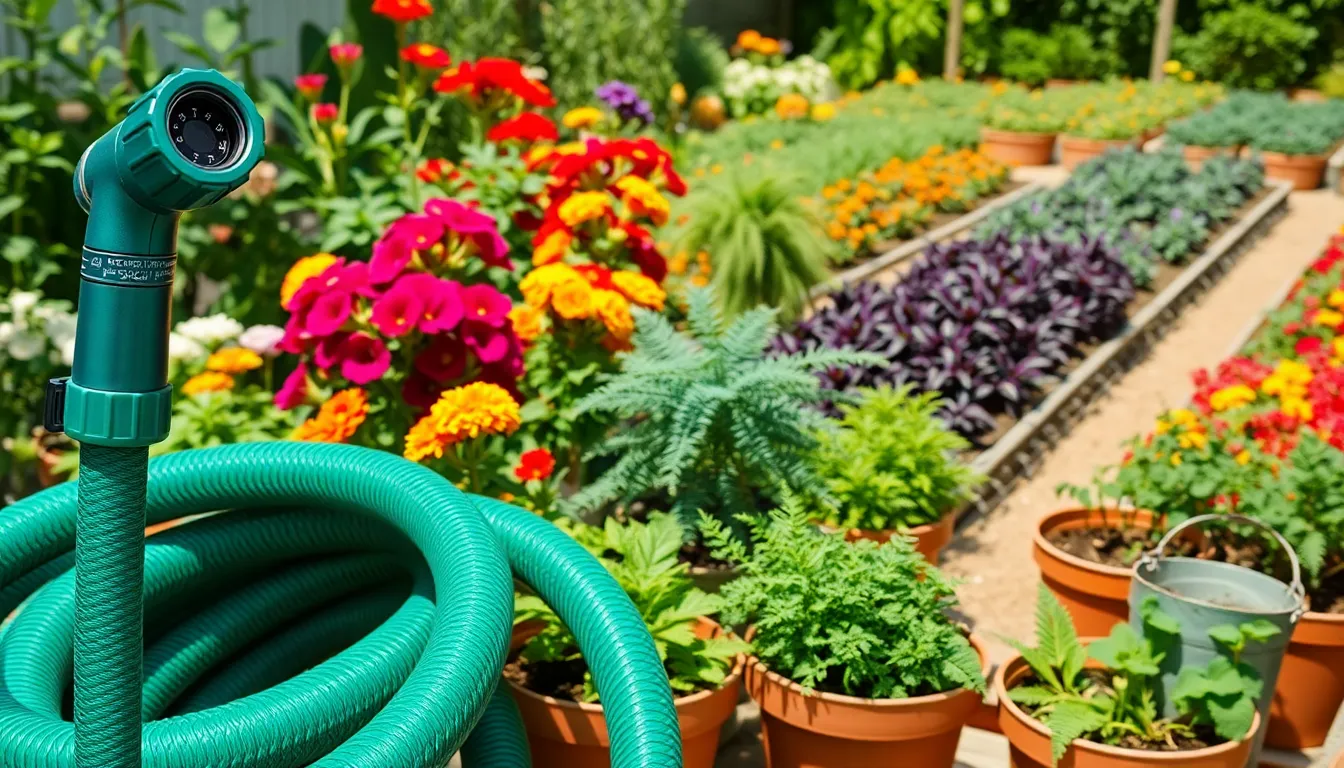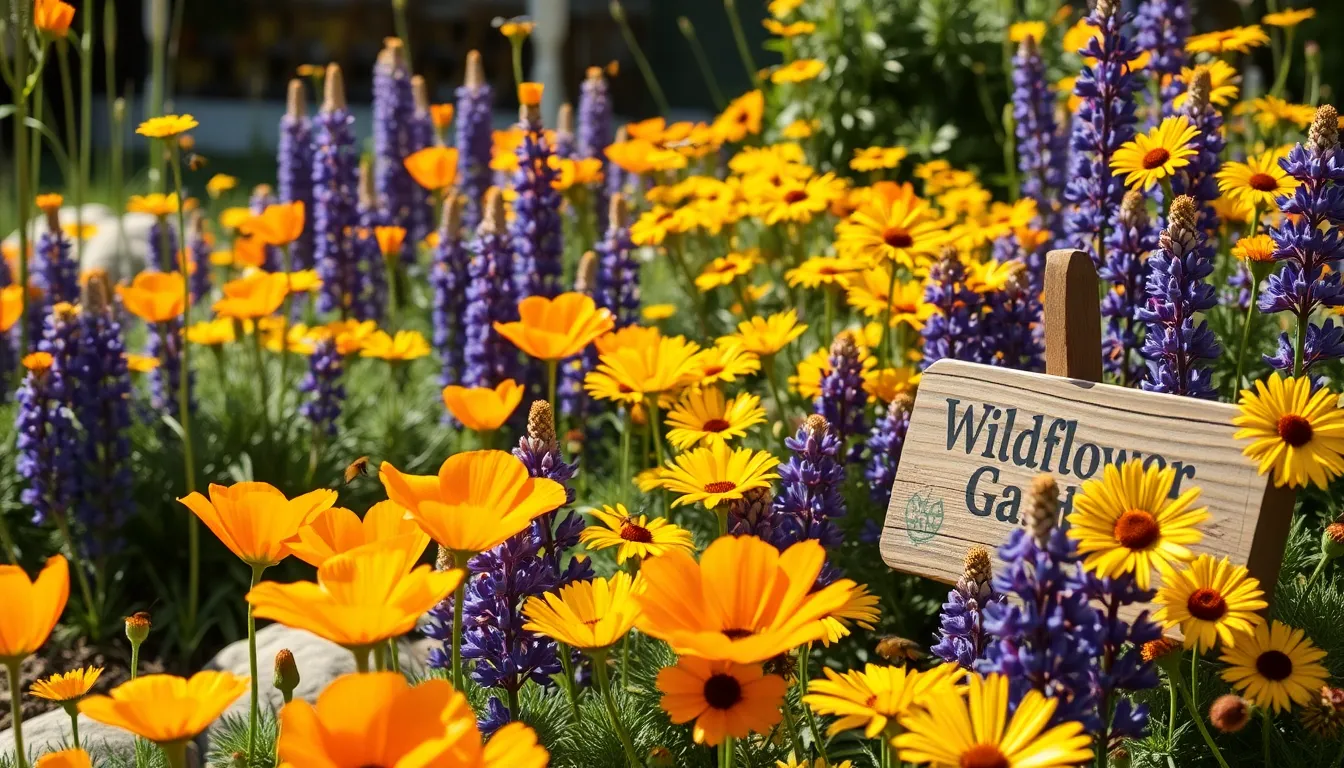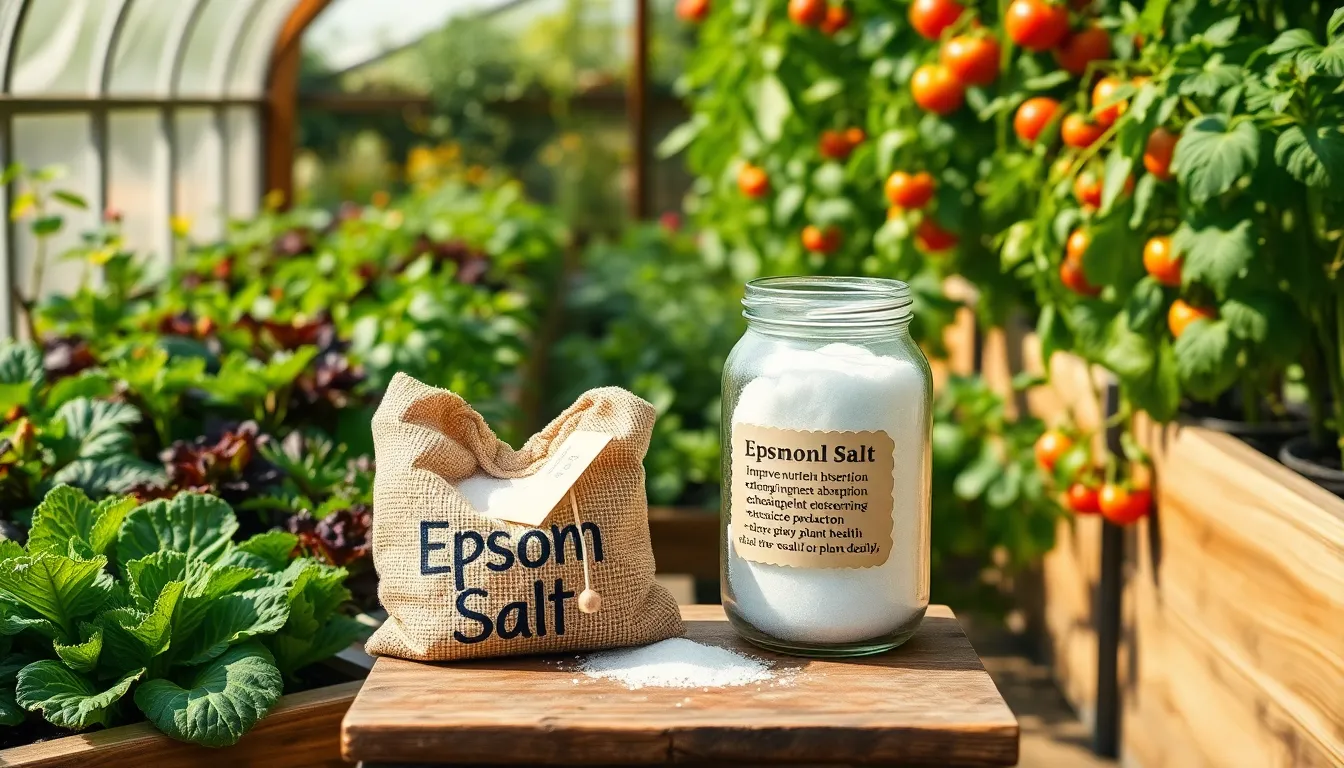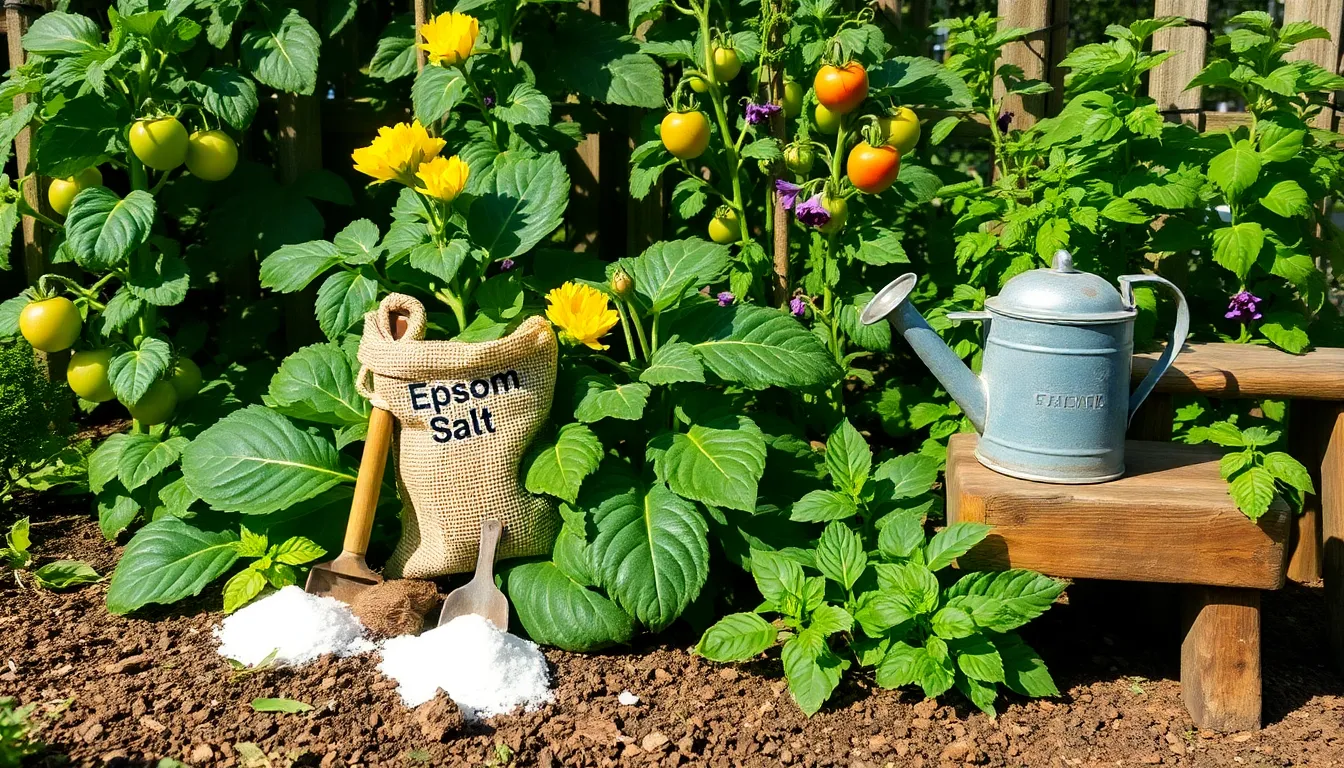Whether you’re just starting out with your first garden or you’ve been nurturing your plants for years, selecting the right garden hose can make all the difference in your gardening journey. A well-chosen hose not only streamlines your watering routine but also ensures that your beloved greens flourish with ease and grace.
Imagine the joy of tending to your plants with a tool that feels like an extension of your hand, effortlessly reaching every corner of your garden. This guide is packed with expert tips that will empower you to choose the perfect garden hose, tailored to your specific needs, ensuring that every drop counts in your quest for a thriving garden.
Measure Hose Length Accurately
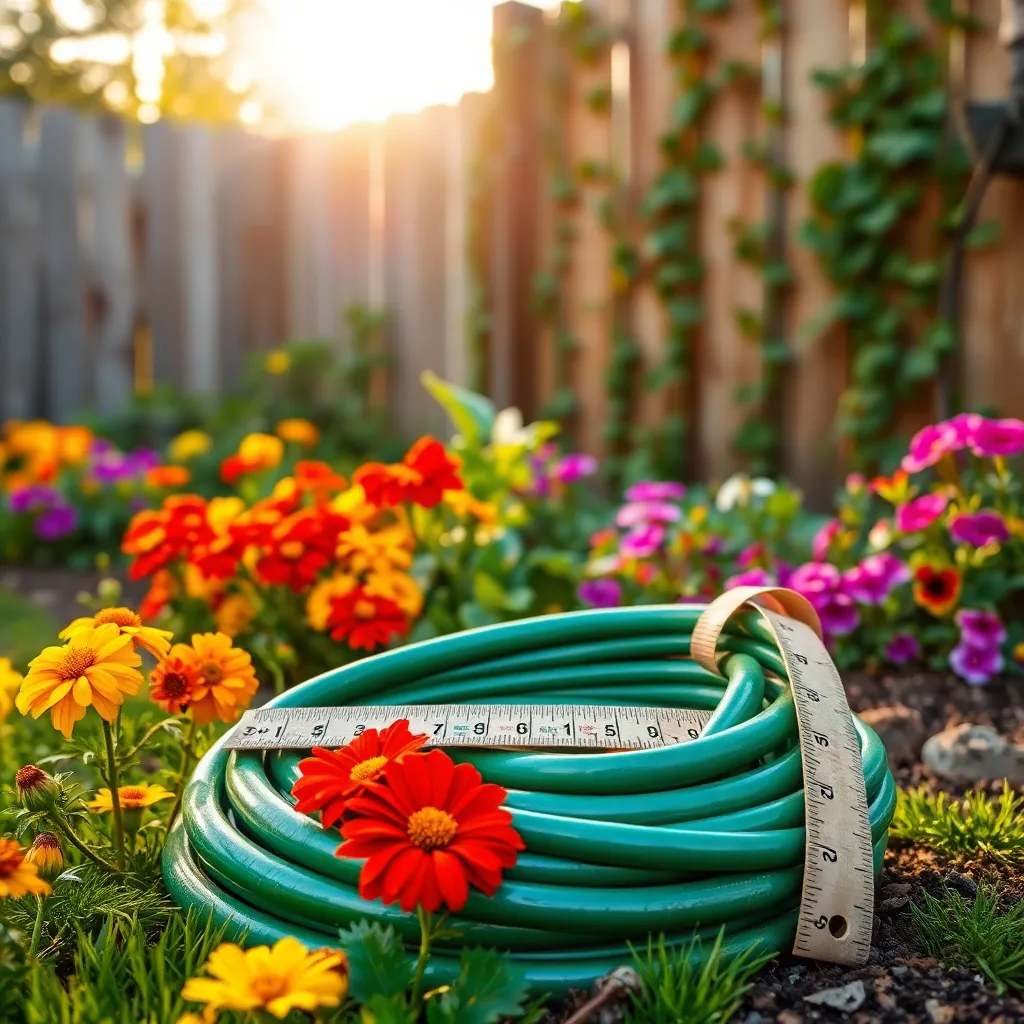
To determine the correct length of hose you need, start by measuring the distance from your water source to the farthest point in your garden. Use a measuring tape or a long piece of string to get an accurate measurement, ensuring you account for any obstacles or curves along the path.
Once you have the measurement, add a few extra feet to allow for flexibility and ease of use. This additional length helps prevent the hose from being stretched too tightly, which can cause wear over time.
Consider the type of plants you are watering when determining how often you’ll use your hose. If you’re tending to water-loving plants like tomatoes or cucumbers, you might need a longer hose to reach multiple spots without moving your water source frequently.
For more advanced gardeners, think about incorporating a hose reel to easily manage longer hoses. This tool not only helps in keeping your garden tidy but also prolongs the life of your hose by preventing kinks and tangles.
Select Appropriate Hose Diameter
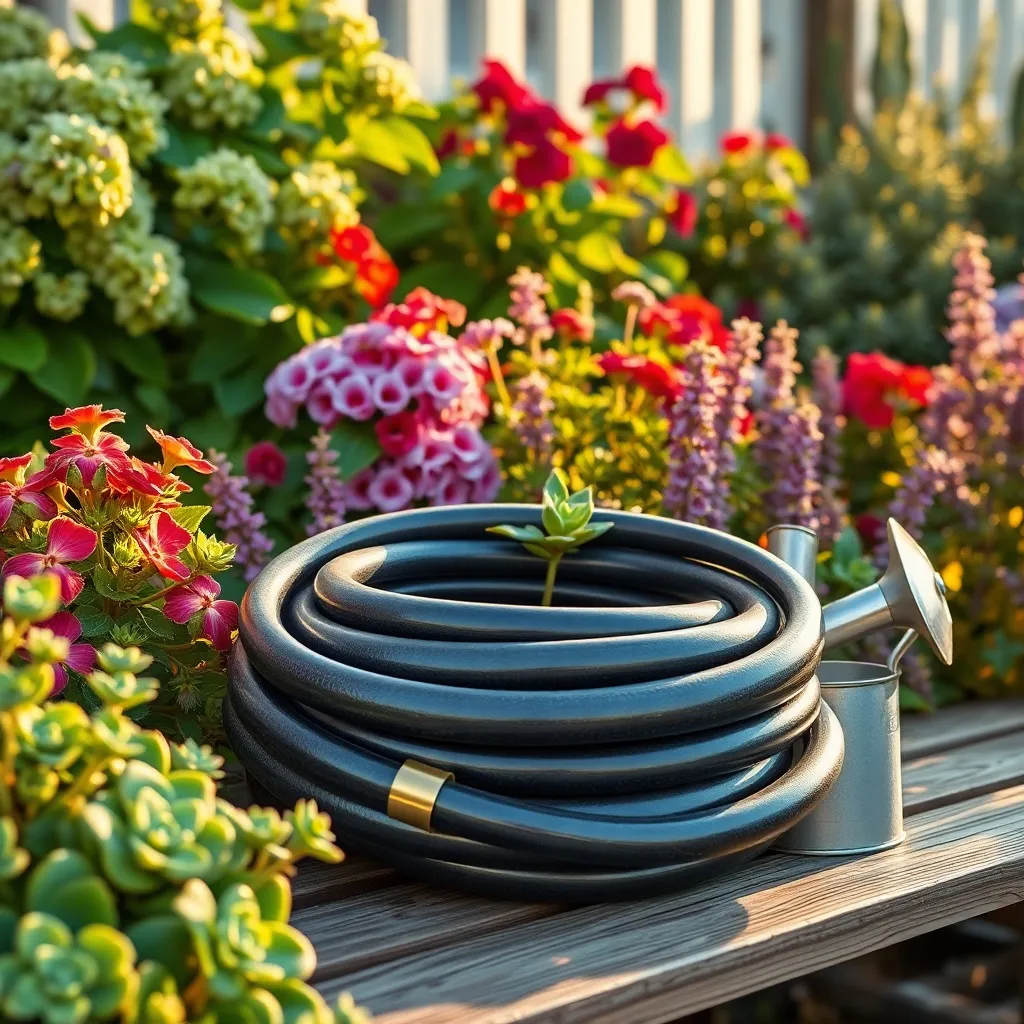
Choosing the right hose diameter is crucial for efficient watering in your garden. A larger diameter hose can deliver more water, which is ideal for watering larger areas or when using attachments like sprinklers.
For beginners, a standard 5/8-inch diameter hose is a versatile choice that fits most gardening needs. This size allows for a good balance between water flow and pressure, making it perfect for home gardens.
Experienced gardeners might consider a 3/4-inch hose for high-volume applications, such as filling large ponds or using multiple sprinklers. Keep in mind that while a larger hose increases water flow, it can also be heavier and more challenging to handle.
On the other hand, a 1/2-inch hose is ideal for smaller gardens or container plants where maneuverability is key. This size is lighter and easier to manage, making it a great choice for those with limited storage space or physical strength.
Opt for Durable Hose Materials
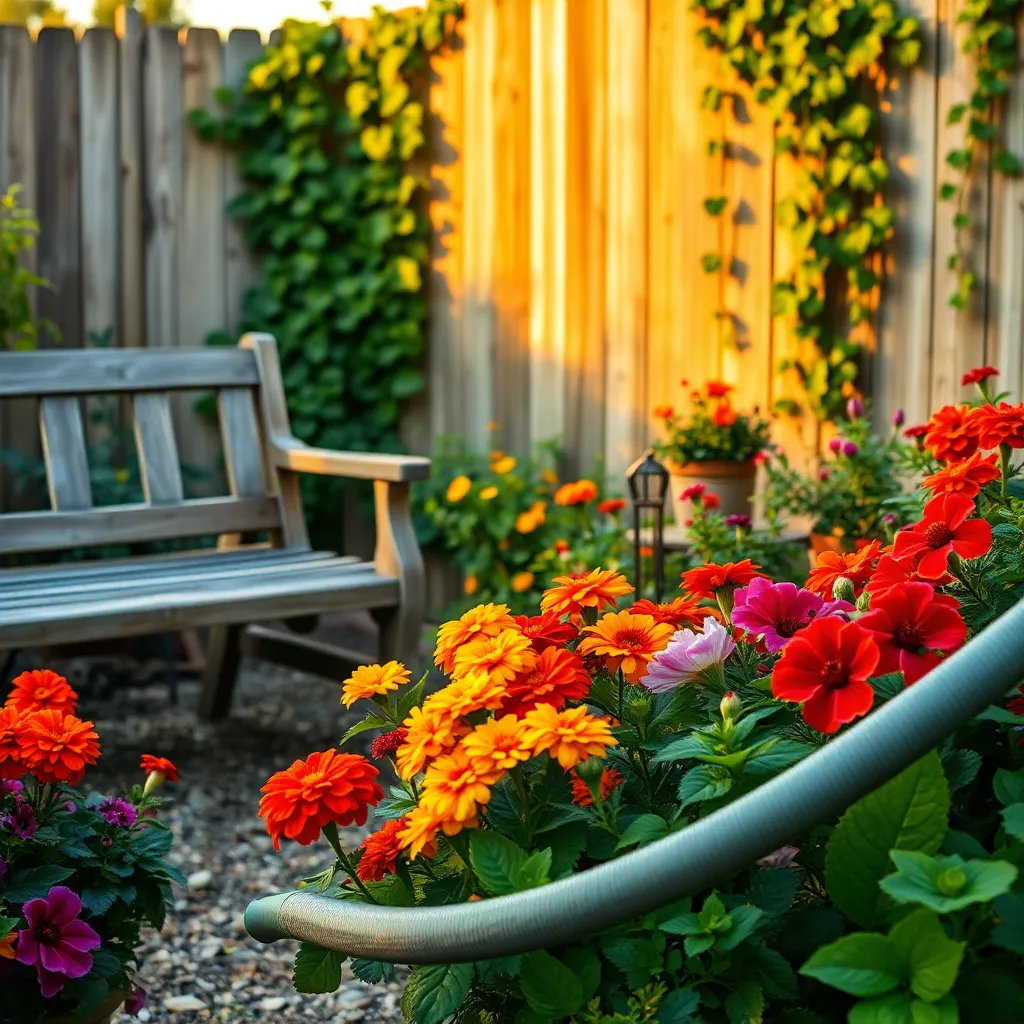
When selecting a garden hose, opting for durable materials is crucial for longevity and performance. Rubber hoses are a top choice due to their flexibility and ability to withstand extreme temperatures, making them suitable for various climates.
Consider hoses made from reinforced materials like polyurethane, which are lightweight yet resistant to kinks and punctures. This makes them an excellent option for gardeners who need to maneuver their hoses around tight corners or rough surfaces.
For those looking for a budget-friendly alternative, hoses made from hybrid polymers offer a good balance of durability and affordability. These hoses are often reinforced with mesh or other materials to enhance their strength, providing a reliable option for everyday garden tasks.
It’s also important to check the hose’s fittings, as brass couplings are more robust than plastic ones, reducing the risk of leaks. Ensuring your hose has sturdy fittings can save you from frequent replacements and help maintain consistent water flow.
Check for Kink-Resistant Design
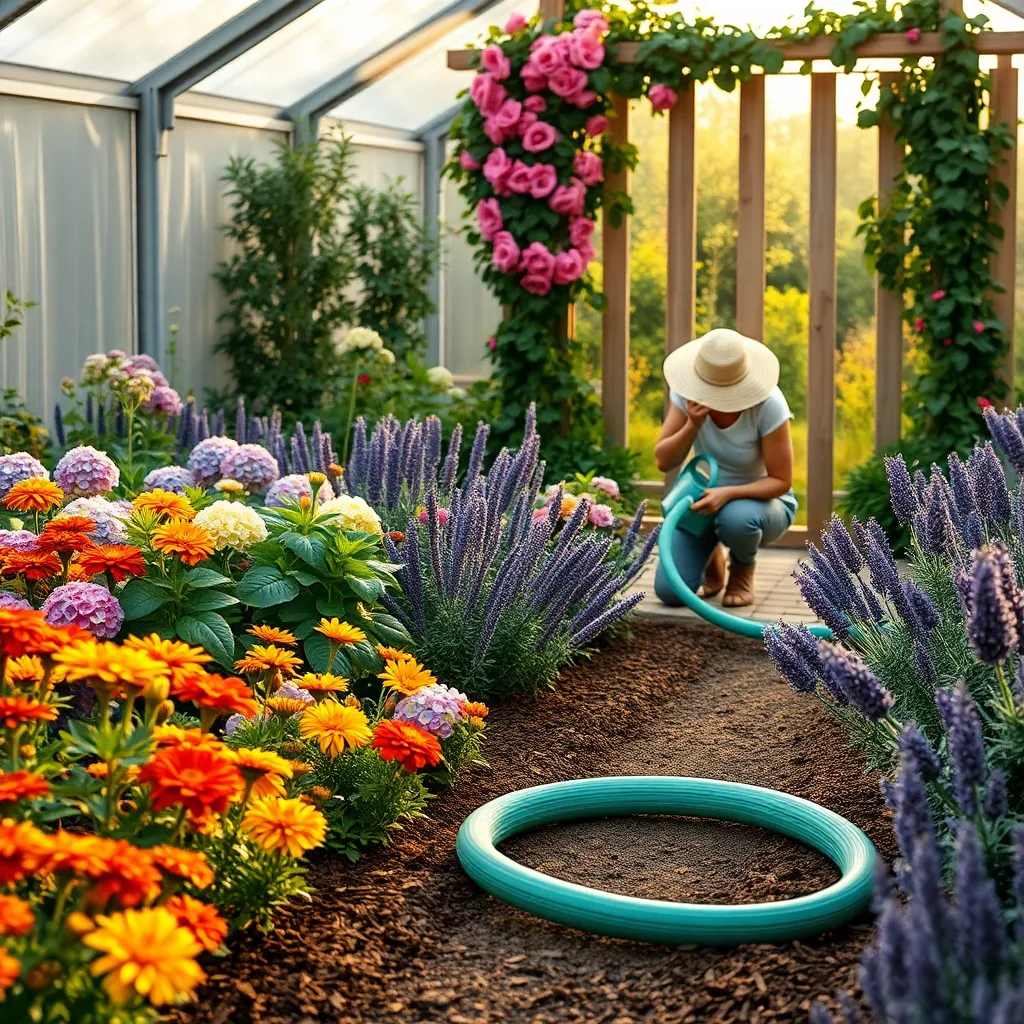
When choosing a garden hose, consider those with a kink-resistant design to ensure water flow remains uninterrupted. A hose that kinks easily can be frustrating and may damage plants if water suddenly stops or surges.
Look for hoses made with reinforced or multilayer construction, which are less likely to kink. These designs often incorporate materials like mesh or rubber, providing both flexibility and strength to withstand regular use.
For gardeners who frequently work around corners or have intricate layouts, a kink-resistant hose can be a game changer. It allows you to move freely without the need to constantly adjust or untwist the hose, making watering more efficient and enjoyable.
Beyond material, pay attention to the hose diameter and length, as these factors also influence the potential for kinks. Opt for a diameter that matches your water source and a length that suits your space, ensuring optimal pressure and minimal twists.
Choose the Right Hose Fittings
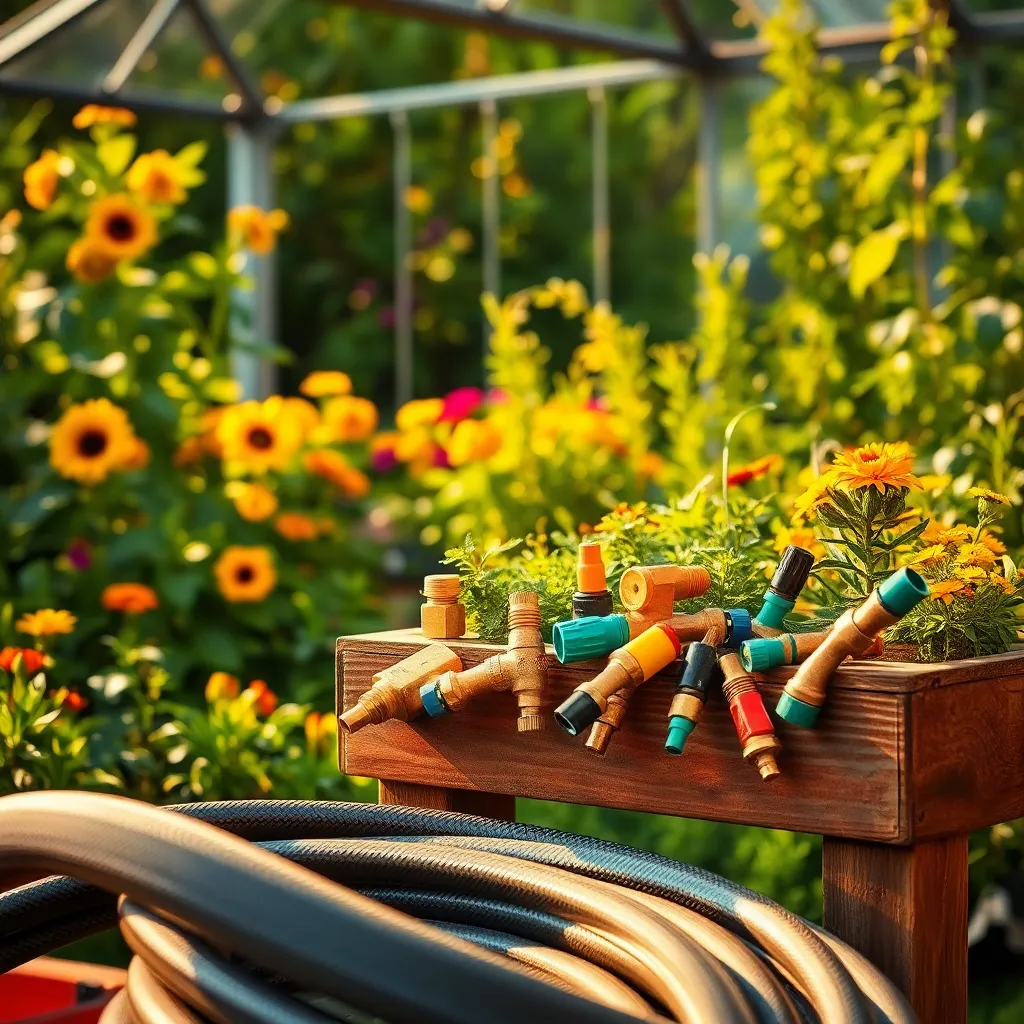
When selecting hose fittings, it’s essential to understand the different types available. Brass fittings are known for their durability and resistance to corrosion, making them a popular choice among experienced gardeners.
For those new to gardening, plastic fittings might be more appealing due to their lightweight nature. However, it’s important to note that plastic fittings are generally less durable than their brass counterparts, especially in extreme weather conditions.
Consider the connection style when choosing hose fittings for your garden. Quick-connect systems can save time and effort, allowing you to easily switch between watering devices without unscrewing the hose.
Moreover, check the thread size compatibility to ensure a proper fit with your existing hose and watering equipment. Most hoses use standard sizes, but it’s always a good idea to double-check to avoid any leaks or inefficient watering.
Investing in high-quality hose fittings can significantly enhance your gardening experience. Not only do they ensure a secure connection, but they also help prevent frustrating leaks that waste water and increase your utility bill.
Conclusion: Growing Success with These Plants
In nurturing a flourishing relationship, much like choosing the right garden hose, attention to detail and understanding are key. Throughout this article, we’ve explored five essential concepts: compatibility, durability, adaptability, ease of use, and maintenance. These principles not only help you select a hose that meets your gardening needs but also serve as a metaphor for cultivating a thriving partnership. When compatibility is prioritized, durability is ensured, adaptability embraced, ease of communication established, and maintenance routinely practiced, your relationship is set to bloom.
As an actionable step, take a moment today to evaluate your relationship through these lenses. Identify one area where you can apply these principles to enhance your connection with your partner.
Remember, relationships, like gardens, require ongoing care and attention. Bookmark this article to revisit these insights whenever you need a refresher or a boost in your relational journey.
As you move forward, let this serve as a reminder that with dedication and the right tools, your relationship can grow stronger and more resilient with each passing season. Here’s to a future filled with love, understanding, and mutual growth!

